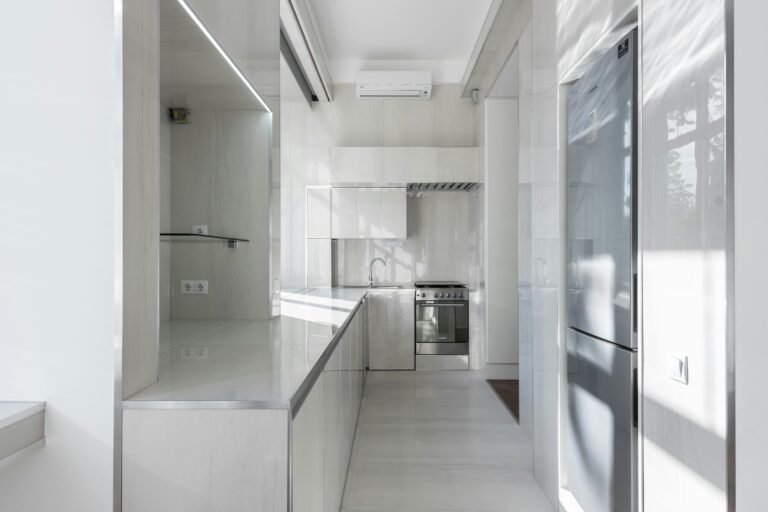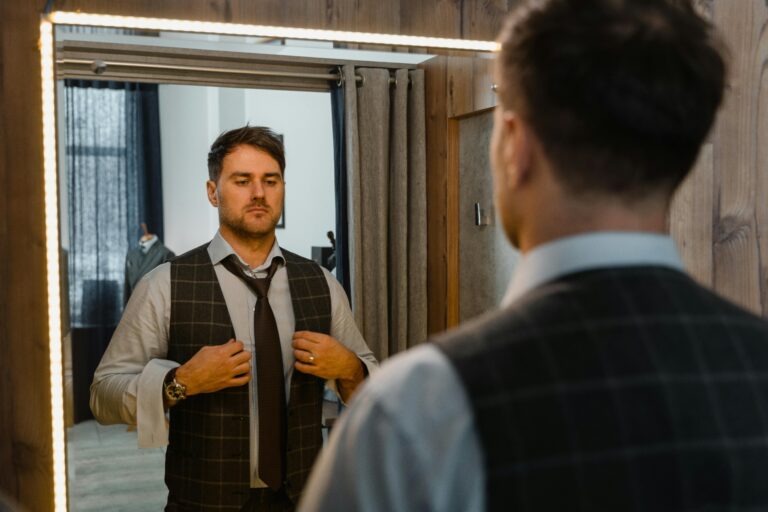The ultra-wealthy are abandoning traditional basement storage in favor of transformative underground experiences that rival exclusive private clubs. While most homeowners see basements as afterthoughts, luxury property owners in 2026 are investing upwards of $500,000 in subterranean sanctuaries featuring multi-level entertainment zones, climate-controlled wine storage, and immersive technologies that would make Manhattan’s most exclusive venues envious.
The shift represents more than architectural innovation—it’s a fundamental reimagining of how space below ground can enhance lifestyle above expectations. Today’s visionary designers are crafting underground realms that seamlessly blend hospitality-grade amenities with cutting-edge environmental controls, creating sanctuaries where temperature, humidity, lighting, and acoustics respond intuitively to human presence and preference.
We’ll explore how these underground transformations are redefining luxury living through strategic design principles that maximize both functionality and experiential impact.
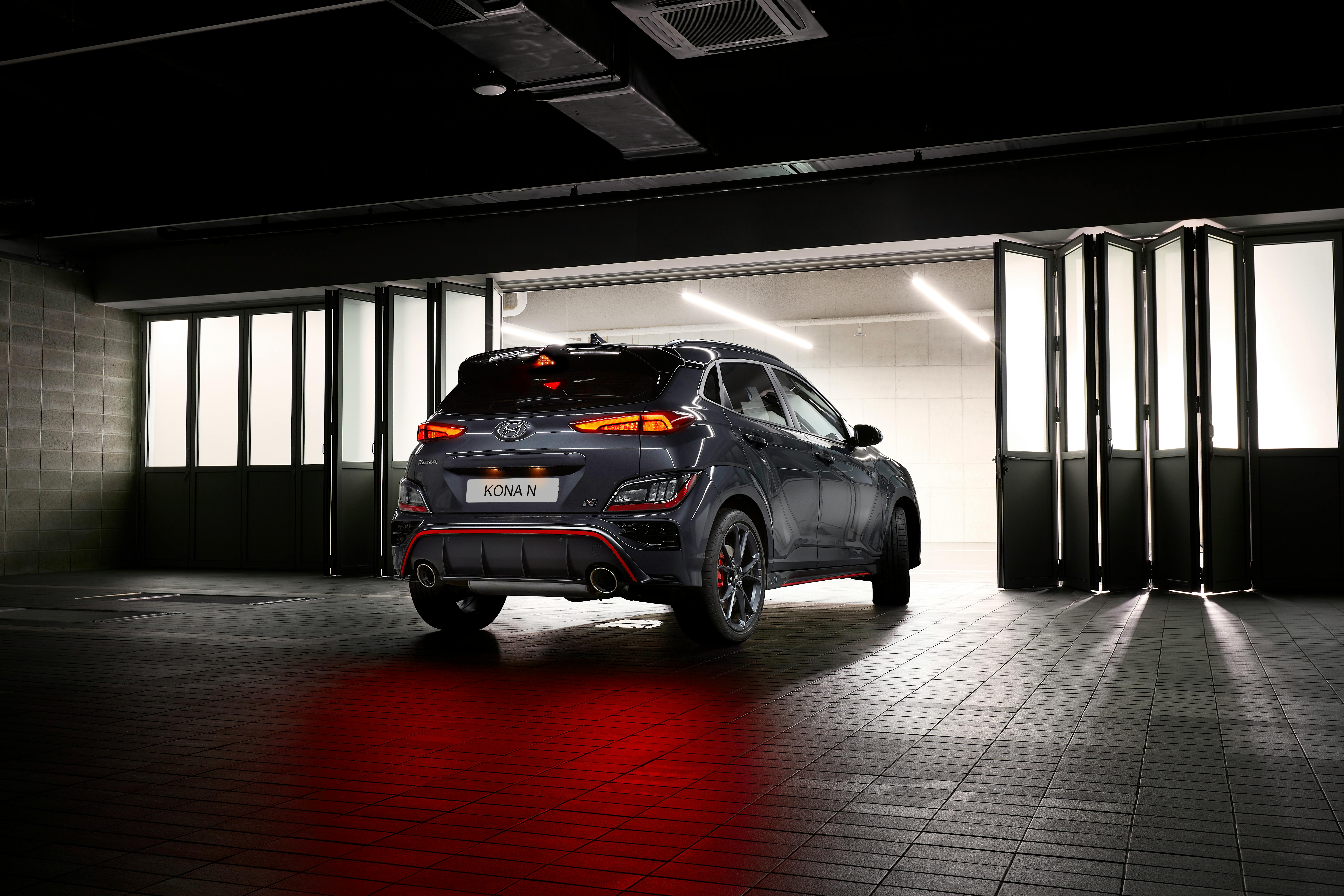
This Photo was taken by Hyundai Motor Group.
The underground revolution transforming luxury real estate
Basement transformations in luxury homes have evolved from simple recreation rooms to sophisticated multi-purpose environments that rival commercial entertainment venues. According to recent market analysis, basement renovation projects in the luxury segment have increased by 78% since 2024, with average budgets ranging from $300,000 to $1.2 million for comprehensive transformations.
The driving force behind this trend stems from changing lifestyle priorities among affluent homeowners who value experiential luxury over material accumulation. Rather than expanding horizontally, discerning property owners are maximizing vertical space by creating immersive underground environments that serve multiple functions simultaneously.
Modern basement transformations incorporate advanced environmental controls that maintain optimal conditions year-round. These systems manage temperature within one-degree precision, humidity levels between 45-55% for wine preservation, and air quality through sophisticated filtration that exceeds medical-grade standards. The integration of these systems requires careful planning during the design phase to ensure seamless operation without compromising aesthetic appeal.
| Feature Category | Traditional Basement | 2026 Luxury Transformation | Investment Range |
|---|---|---|---|
| Climate Control | Basic HVAC | Zone-specific environmental management | $45,000-$85,000 |
| Lighting Design | Standard fixtures | Circadian rhythm integration | $25,000-$60,000 |
| Entertainment Systems | Basic TV setup | Immersive audio-visual environments | $75,000-$200,000 |
| Wine Storage | Simple rack system | Climate-controlled cellars with tasting areas | $50,000-$150,000 |
Multi-level spatial design strategies
The most successful luxury basement transformations utilize vertical space through strategic level changes that create distinct zones while maintaining visual connectivity. Designers employ raised platforms, sunken conversation areas, and mezzanine levels to establish hierarchy and flow within underground spaces.
These multi-level approaches serve practical purposes beyond aesthetic appeal. Different elevation levels naturally accommodate varying ceiling heights while optimizing acoustics for different activities. Entertainment areas benefit from higher ceilings for better sound dispersion, while intimate conversation zones work effectively with lower, more compressed spaces that encourage personal interaction.
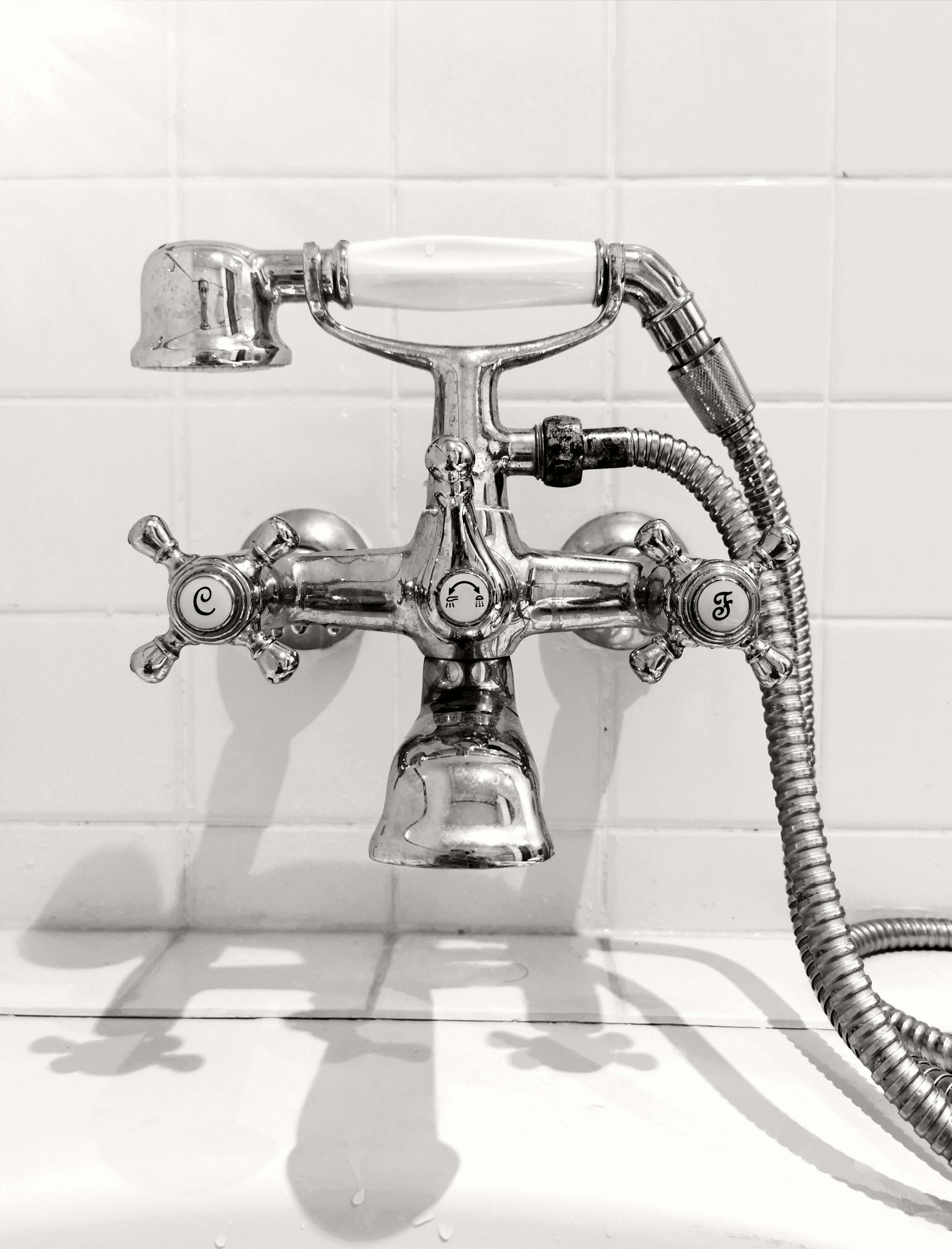
This Photo was taken by Christine Gretland.
The integration of luxury home theater design principles becomes essential when creating multi-level entertainment spaces that serve multiple functions without acoustic interference between zones.
Climate mastery: engineering perfect underground environments
Creating optimal climate conditions in luxury basements requires sophisticated engineering that goes far beyond standard HVAC systems. The challenge lies in managing temperature, humidity, air quality, and ventilation while maintaining energy efficiency and silent operation that doesn’t disturb the refined atmosphere these spaces are designed to provide.
Advanced climate control systems in 2026 utilize smart sensors that monitor environmental conditions in real-time, making micro-adjustments based on occupancy patterns, external weather conditions, and specific area requirements. Wine storage areas maintain consistent 55-57°F temperatures with 60-70% humidity, while entertainment zones adjust automatically for optimal comfort during different activities.
Integrated wine preservation systems
Wine storage in luxury basement transformations extends beyond simple temperature control to encompass comprehensive preservation ecosystems. Modern wine cellars integrate vibration dampening, UV protection, and automated inventory management systems that track collection values and drinking windows through connected databases.
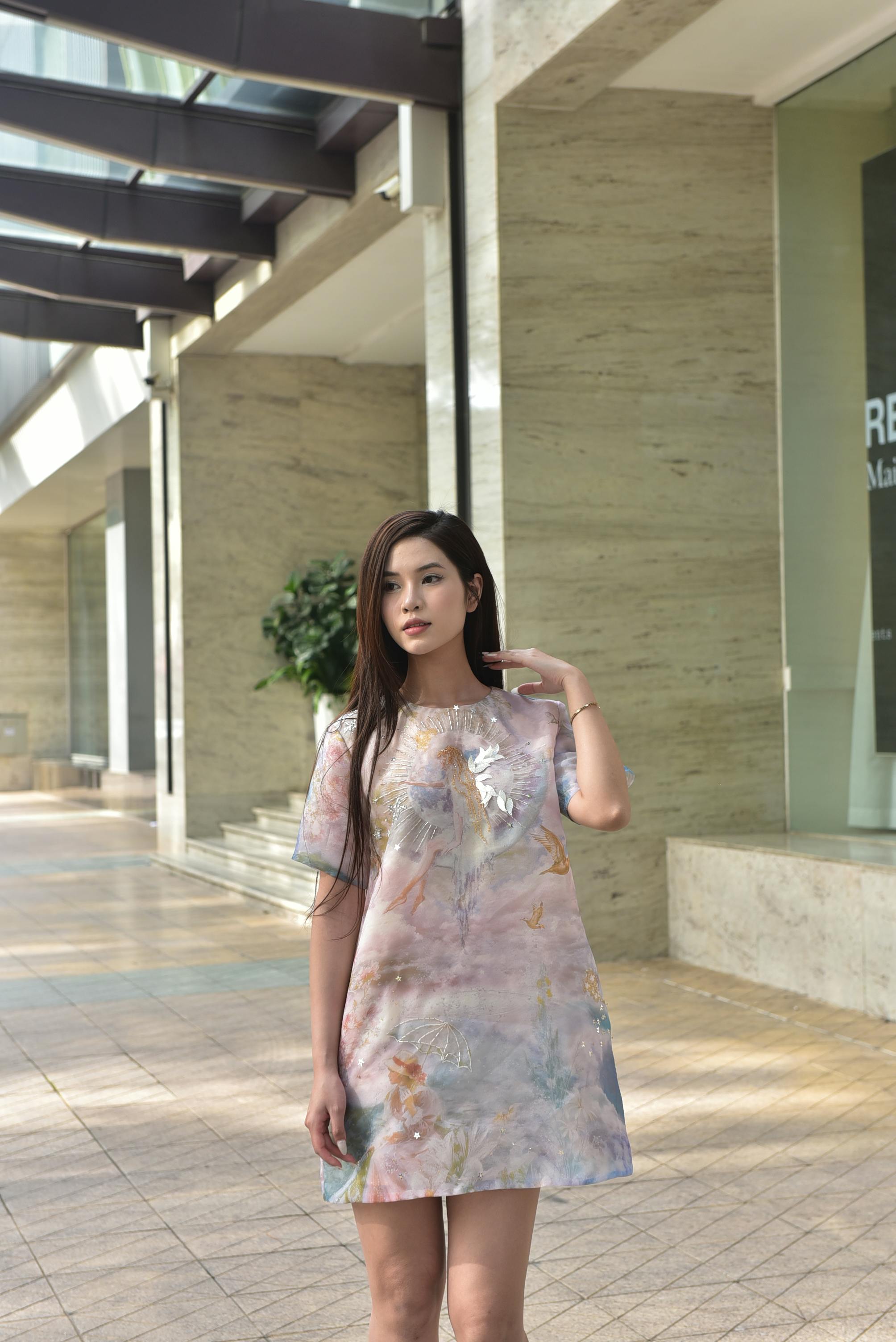
This Photo was taken by Felix Young.
The most sophisticated installations feature separate micro-climates for different wine types, with red wine storage maintaining slightly warmer temperatures than white wine areas. These systems connect seamlessly with luxury wine cellar and tasting room designs that create cohesive experiences for serious collectors and casual enthusiasts alike.
Smart environmental monitoring
Contemporary wine storage systems incorporate IoT sensors that provide continuous monitoring through smartphone applications, alerting owners to any deviations in optimal storage conditions. These systems maintain detailed logs of environmental conditions, creating valuable documentation for insurance purposes and collection management.
The integration of professional wine storage guidelines ensures that these residential installations meet standards typically found in commercial wine facilities, protecting valuable collections while providing convenient access for daily enjoyment.
Entertainment architecture: designing for immersive experiences
The architecture of luxury basement entertainment spaces prioritizes sensory engagement through carefully orchestrated spatial relationships, acoustic design, and technological integration. These environments create immersive experiences that transport occupants beyond the confines of residential settings into refined entertainment destinations.
Successful entertainment architecture balances intimate gathering spaces with larger areas suitable for hosting events. Flexible furniture arrangements, retractable walls, and adaptive lighting systems allow spaces to transform based on specific uses, from quiet conversation areas to dynamic party environments.
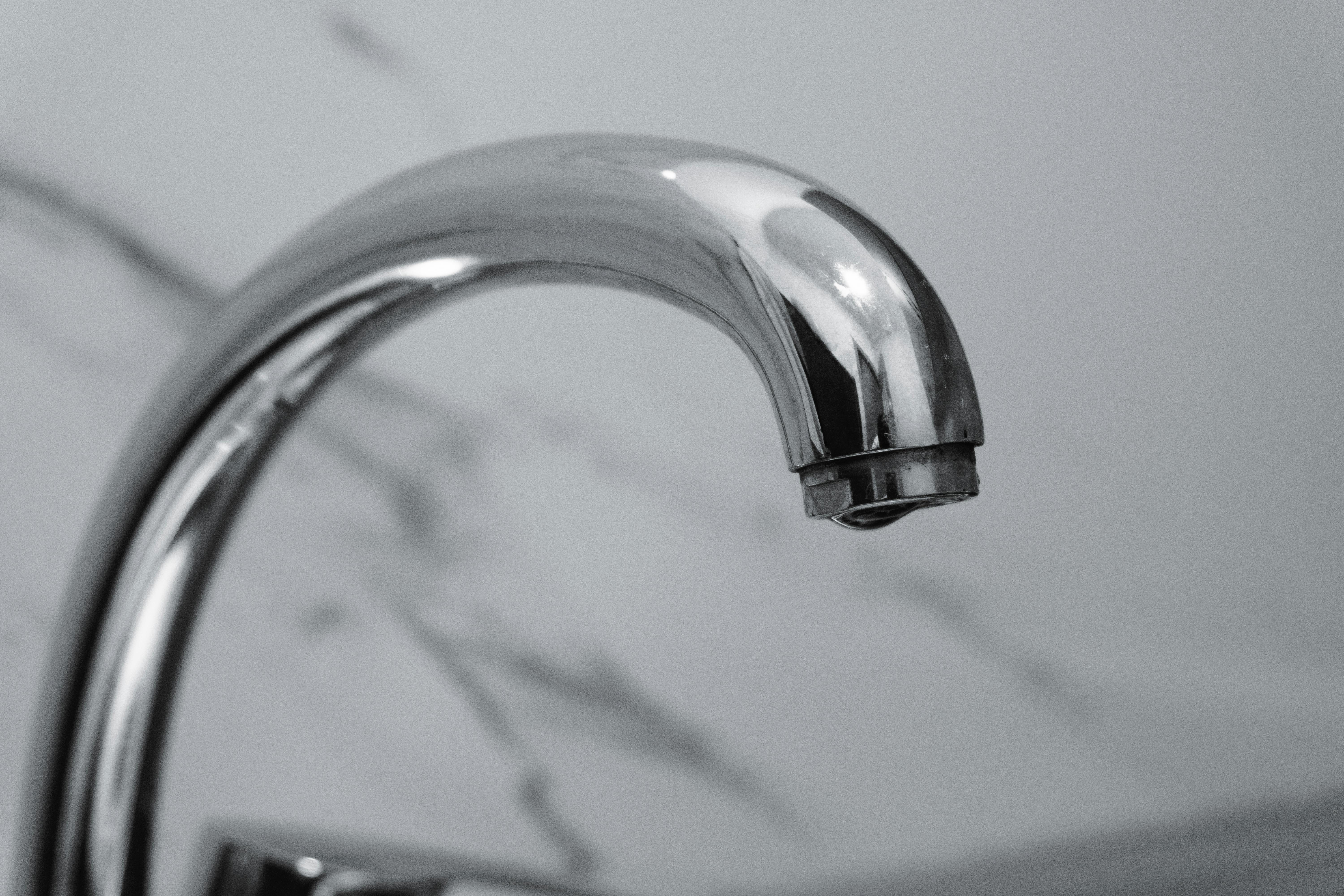
This Photo was taken by Zulfugar Karimov.
Acoustic engineering for multiple zones
Managing sound in multi-functional basement spaces requires sophisticated acoustic engineering that prevents interference between different activity areas. Designers utilize sound-absorbing materials, strategic room proportions, and buffer zones to create acoustic separation without physical barriers that would compromise visual connectivity.
Advanced acoustic treatments incorporate hidden sound absorption

